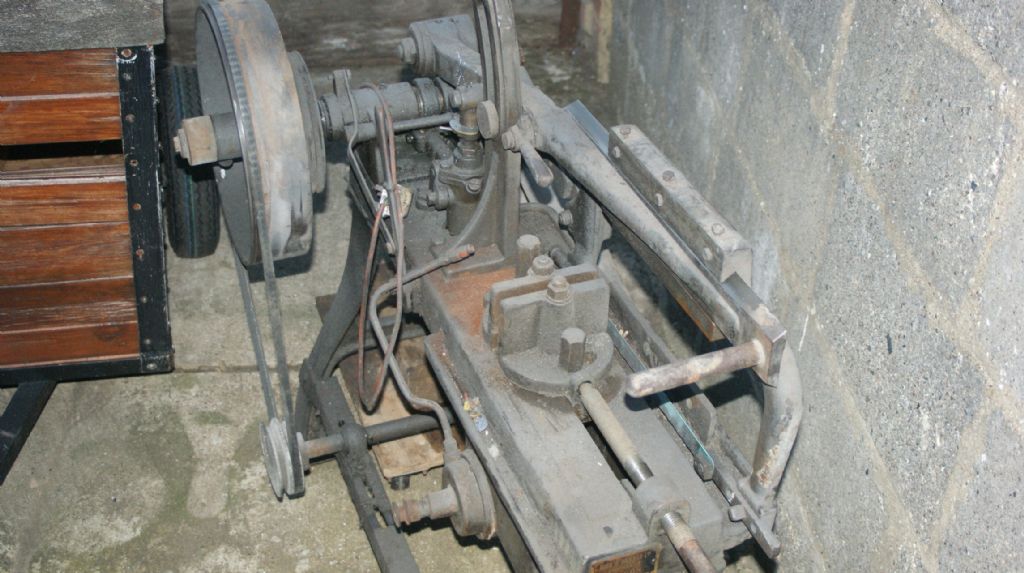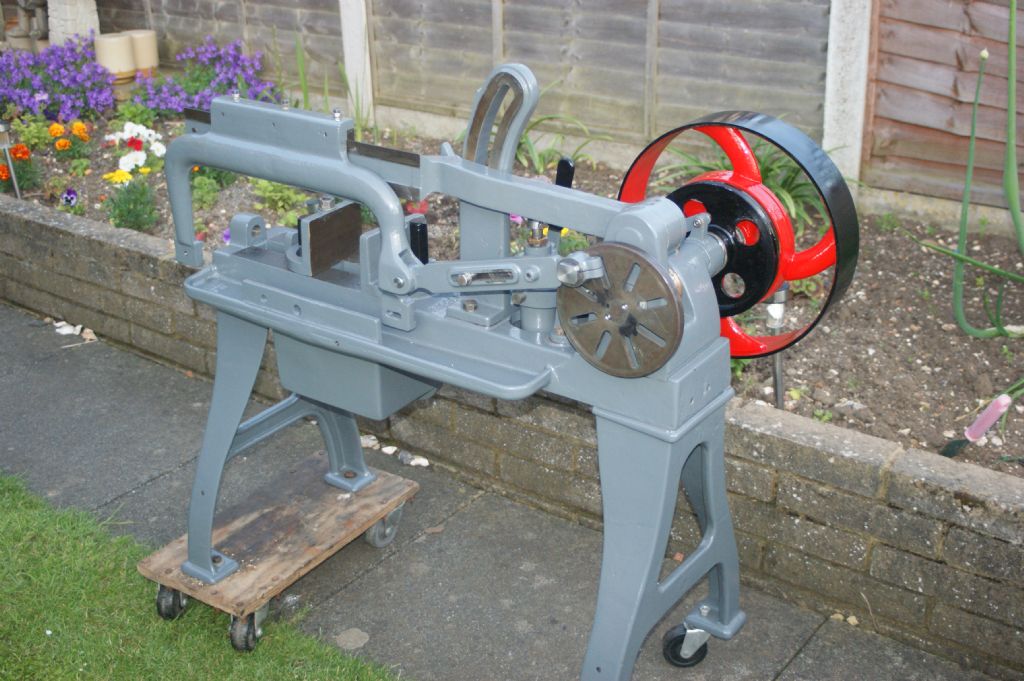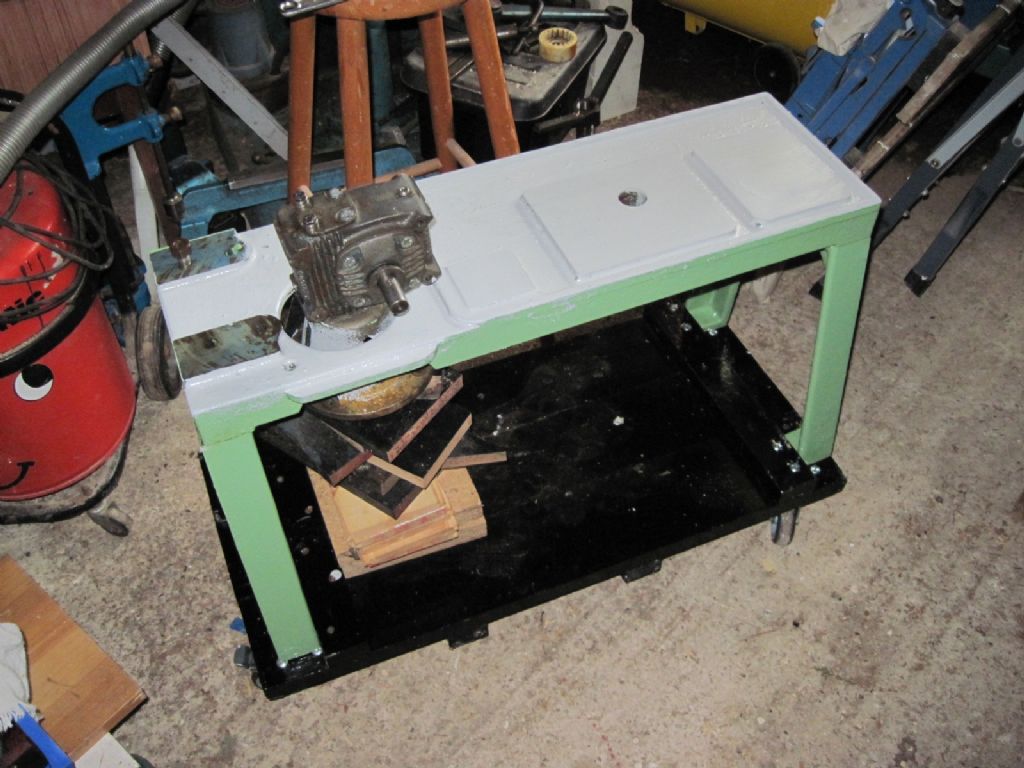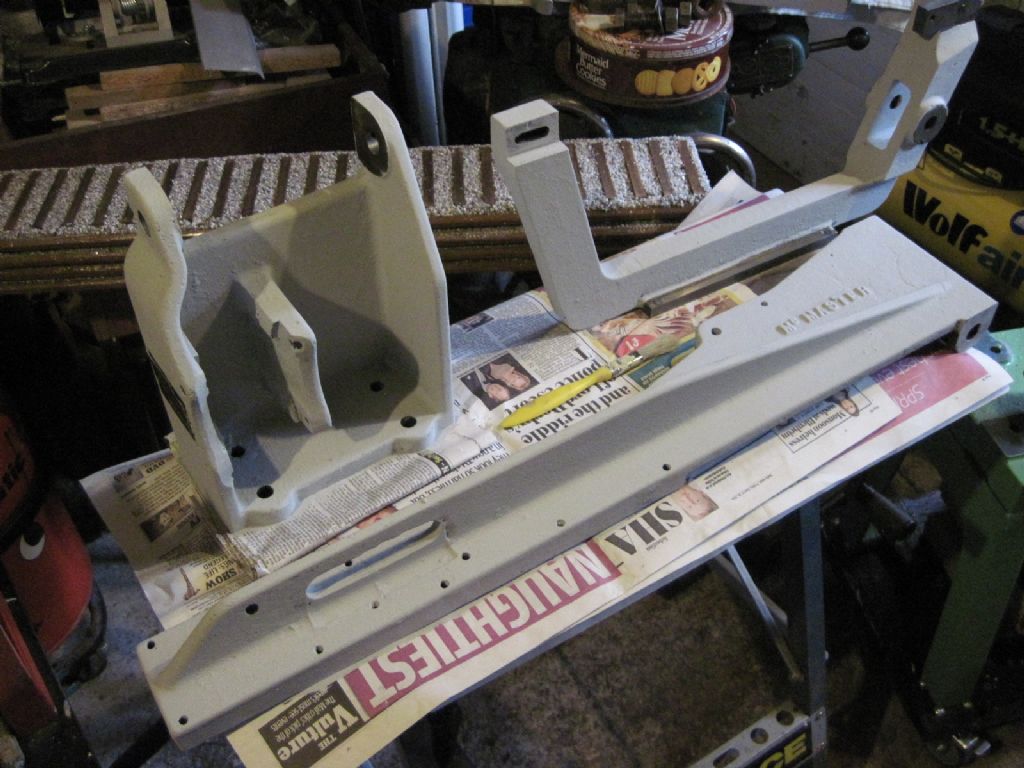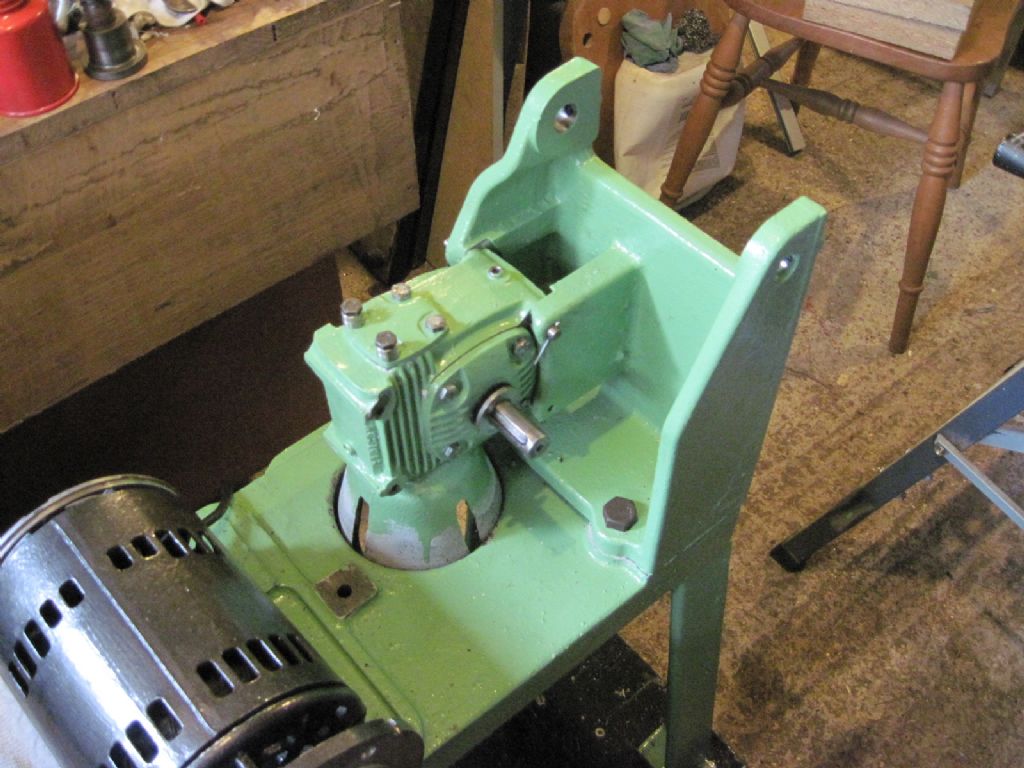That is a very nice looking job Edward. I shall be happy if mine looks as good when I've finished with it – or at least got it working.
Jumping off at a slight tangent, I was thinking about this whole "restoration" thing last night. I do envy those people with the skills (and patience) to completely restore their machines to 'as new' (or even better) condition. I've never managed that myself on any of my machinery. I know some folk like to immediately strip their new acquisitions and completely rebuild them. I generally don't do that – I try to get them working first and then see what I need to do, at least enough to meet my immediate requirements.
The McMaster had to be dissembled to move it but it clearly also needs some immediate attention. But my Mk1 Super 7 has had quite a few small improvements over the years. To put this in perspective, I purchased this lathe from Mr Moore off the back of his lorry (at Guildford MES) some years ago and I could immediately see that it hadn't had a happy life. There was a large 'cheesy' cut out of the cross-slide front and the bull gear had some teeth missing. However the price reflected this (I doubt Myfords often sold many lathes for the price I paid!).
Getting home I discovered the motor appeared shot (but it was simply stuffed full of sawdust) and that the clutch made strange rattling noises and would not engage. The motor was cleaned and the clutch dissembled and a new actuating pin made – which solved the problem. The lathe was used for some time exactly like that. It was only a few years later that I replaced the bull gear as mostly I managed to work around it (I'm afraid to admit that I rarely use back-gear still to this day). Last year I replaced the cross-slide with a new (used) one off eBay. It doesn't work any better but it certainly has improved the look and (most importantly!) it pleases me.
I know my Myford doesn't face completely flat (in fact very slightly convex) and that the bed is worn. So one day I may well modify the saddle to use another part of the bed for guidance etc. but for now I can live with it and therefore do so. You may have also detected a level of idleness in this approach (which I usually tell myself is a sign of a maturing intelligence) and you may well be right. By the way, I had a good laugh not too long ago when someone here described 'Myford Owners' as "Elitist". I suspect he wouldn't make remarks like that it he'd ever seen the inside of my Shed!
So to bring these meanderings to an end, many of these old (worn out) machines still have plenty of use left in them, quite enough for many peoples 'amateur' needs. They can often be put back into usable condition (enough for their owners needs) incrementally e.g. as required. If like me, you also quite enjoy working on your 'antiques' then it's not really a chore either. If the budget is tight, this approach can save you a good deal of money and even if you do spend some more pennies over time, it does make everything seem more affordable when spread out over months or years. As I've said before, old machinery is not for everyone (especially if you are eager to get on with a specific "project" ) but if the 'Price is Right' then it certainly should be a consideration for some here.
Regards,
IanT
John Baguley.



